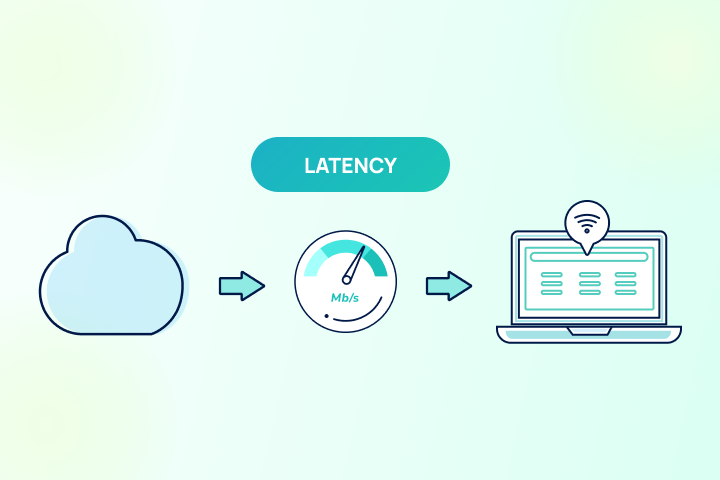Cloud orchestration is the automated coordination and management of cloud services, resources, and workflows. It streamlines complex processes—like deploying applications, scaling infrastructure, or provisioning resources—by bringing them under a single, automated system.
Unlike basic automation (which handles individual tasks), orchestration connects multiple automated actions into a cohesive process. This reduces manual work, minimizes errors, and increases operational efficiency.
Key functions of cloud orchestration include:
-
Resource provisioning (compute, storage, network)
-
Auto-scaling and load balancing
-
Workflow automation
-
Policy enforcement and security management
Popular tools include:
-
Kubernetes (for container orchestration)
-
Terraform (for infrastructure as code)
-
AWS CloudFormation, Azure Resource Manager, and Google Cloud Deployment Manager
Benefits of cloud orchestration:
-
Speed: Faster deployment and scaling
-
Consistency: Repeatable, error-free processes
-
Cost control: Efficient resource usage
-
Agility: Easier to adapt and update environments
As cloud environments grow more complex, orchestration becomes essential for managing dynamic workloads, hybrid clouds, and DevOps pipelines.
In short, cloud orchestration helps businesses move faster, operate smarter, and stay in control of their cloud infrastructure—without the chaos.


